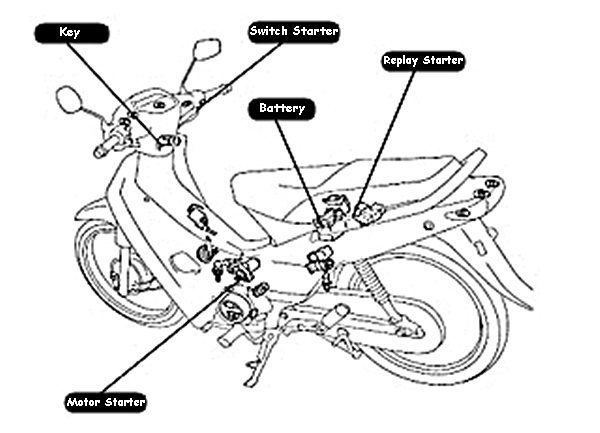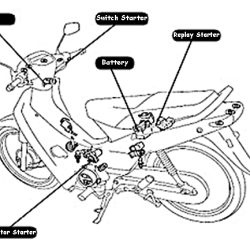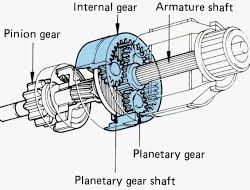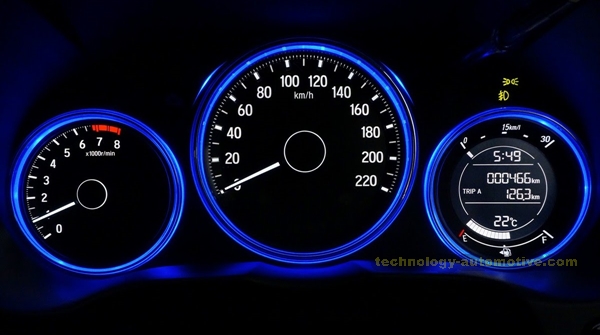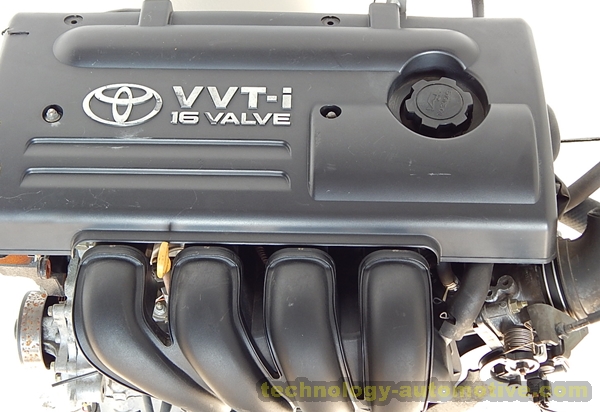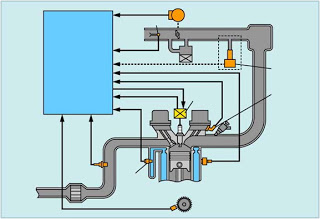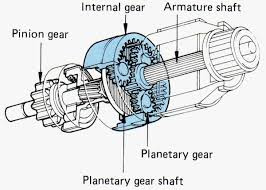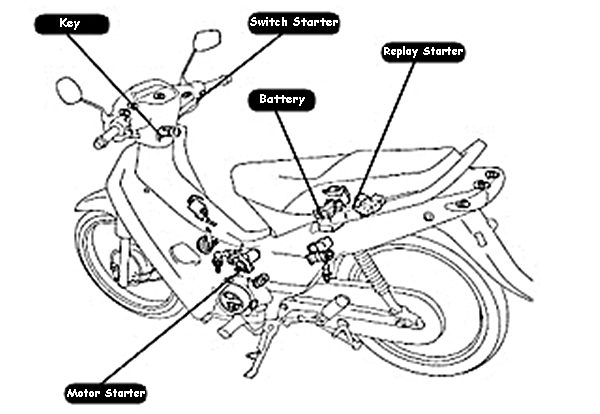
Technology Automotive – Motorcycle Basic Technique – is a guide to understand how to work on motorcycle technique, motorcycle has several main components, each component is divided into several groups on motorcycle engines as in the following discussion. the main component of the motor base consists of several components and consists of several parts, including the frame, and other parts that are combined into one in order to become a motorcycle.
- Machine System
- Electrical System
- Frame / Chassis
Each of these basic components is subdivided into several parts grouping towards the use, maintenance and more specialized maintenance that is:
Machine System Consists of:
A. Motorcycle engine power system as a driving force for driving, consisting of:
- Engine / engine
- Exhaust system
- Fuel system
- Cooling system
- Lubrication system.
B. The drive transmission system is a series of transmission and engine power to the rear wheels, in the form:
- Coupling mechanism
- Transmission
- Gear mechanism
- Mechanism of starter
Electrical system electrical mechanisms are used to generate combustion power for engine work processes and signals to support vehicle safety. So all the components directly related to electrical energy are grouped into electrical parts. The electricity section is divided into:
- Group ignition
- Filling group
- Load group
Frame / Chassis consists of several components to support the motorcycle to walk and turn.
The components are:
- Frame
- Steering Group
- Steering Group
- Fuel tank
- Group of suspensions
- Seating
- Group wheel
- Fender
Application of Physics Science in Motorcycle Engineering and Basic Motor Studying a motorcycle also requires physics calculations, some size is used in this field. Physical calculations are required to know: engine capacity, cylinder volume, compression ratio, piston velocity, torque, power, correlation between engine and motor speed at each gear position and rear wheel drive power from motorcycle, etc.
Machine Capacity as in article Basic Understanding Work Process Motor 4T and 2T Engine capacity is represented by volume formed when piston move up from TMB (Bottom Point Bottom) / BDC (Bottom Dead Center) to TMA (Top Spot) / TDC (Top Dead Center), also called step volume. The step volume is calculated in units of cc (cm3 / cm cubic).
The formula to calculate it is:
Problems example:
Suzuki Smash brochure carries data of diameter cylinder 53,5 mm with piston step 48,8 mm, determine the volume step.
Solution: Given: D = 53.5 mm S = 48.8 mm Phi = 3.14
Asked Volume step?
Answer:
So the volume step of Suzuki Smash motor is 109, 7 cc rounded to 110 cc. Volume of the Burn Room The volume of the combustion chamber is the volume of the space formed between the cylinder head and the piston head reaching the TMA. Denote by Vc (Volume compressi) Cylinder Volume
The cylinder volume is the total number of increments between the step volume and the volume of the combustion chamber.
The formula: Vs = Vl + Vc
Description: Vs = Volume of cylinder (cc) Vl = Volume step (cc) Vc = Volume of combustion chamber (cc)
Compression Comparison:
Compression ratio is the ratio of cylinder volume to compression volume. Compression comparison is related to step volume. When expressed in a formula then:
The amount of compression ratio for touring motorcycles ranges between 8: 1 and 9: 1. This means that as long as the compression step on the piston is compressed eight times from its last volume. The higher the compression ratio, the higher the pressure and the final temperature of the compression.
Fuel Efficiency and Heat Efficiency Heat value (heat) of fuel we need to know, so that the heat balance of the motor can be made. The efficiency or non-performance of a motor, reviewed on the basis of the calorific value of the fuel. The calorific value is related to specific gravity. In general, the higher the specific gravity the lower the calorific value. Burning can take place perfectly, but it can also be imperfect.
Incomplete combustion can result in:
1. Heat losses in the motor become large, so the efficiency of the motor to go down, the business of the motor to fall also on the use of fixed fuel.
2. The rest of the combustion can cause the piston springs to attach to the groove, so that it does not work anymore as a piston spring.
3. The remainder of combustion may also be attached to the exhaust hole between the valve and the holder, especially on the exhaust valve, so that the valve can not close tightly.
4. The burning residue that has become hard inherent between the piston and cylinder wall, blocking the lubrication, so that the piston and cylinder easily wear out. Fuel efficiency and heat efficiency are critical to the efficiency of the motor itself. Each motor has a different efficiency.
Piston Speed. When the engine is rotating, the speed of the Piston in TMA and TMB is zero and the center is faster, therefore the piston speed is taken on average with the following formula:
V = Average Piston Speed L = Step (m). N = Round engine (rpm). From the TMB, the piston will move back upward because of the crankshaft rotation, thus at 2x the piston movement, will produce 1 turn of the crankshaft, if the crankshaft makes N rot, then the pistons move 2LN. Because it is expressed in seconds then divided by 60.
Torque formula:
Torque = force x distance
Similarly, about the work system on basic motorcycle techniques that I can explain may be useful for you, that’s all and thank you. Technology Automotive.

